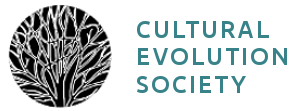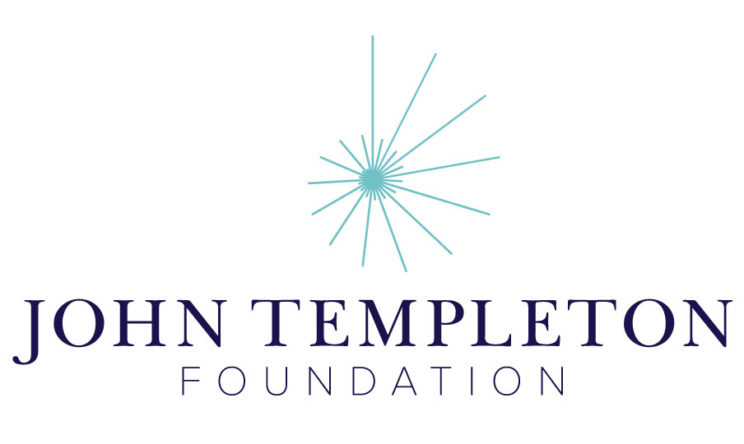Models of Social Dynamics
Lecture Units
This introductory unit discusses what models are and how they are useful, and provides a brief introduction to the NetLogo programming language and how we will use it to explore agent-based models. We conclude with an outline of the course.
Diseases, information, behaviors, and technologies spread from one person to another - this is contagion. In this unit we explore models of adoption by both individual exploration and social influence.
In this unit, we'll use models to explore how our assumptions about social influence affect the long-run distribution of opinions in a population. The greater the extent to which people are influenced only by those who are similar to themselves, the more distinct communities will form. If we also seek to distance ourselves from those with whom we disagree, the result can be polarization and extremism.
There are obvious benefits to helping one another and working together. However, in a world of altruists, those that free ride can reap the benefit without paying the cost. How can cooperation emerge in a population? Once present, how can it be maintained? This unit tackles these questions and also introduces the logic of evolutionary modeling.
Understanding one another's intentions, norms, and goals is critical for effective cooperation. In this unit we'll explore how coordinating norms emerge in a population, and the challenges faced in spreading group-beneficial norms when they are initially rare.
Most of the social systems we've modeled thus far evolve toward a stable equilibrium. Yet much of life is cyclical and never reaches a steady state. In this last modeling unit, we explore two models that allow for cyclical behavior: a spatial host-pathogen model and the metaethnic frontier model of empires.
In this final unit, we review the key principles that form the basis for understanding human social organization and cultural evolution, recap lessons from each of the previous modeling units, and discuss more advanced topics, including analyzing agent-based models, mathematical proofs, and the relationship between models and empirical data.
This project was supported by Grant #61105 from the John Templeton Foundation to the University of Tennessee, Knoxville (PIs: S. Gavrilets and P. J. Richerson) with assistance from the Center for the Dynamics of Social Complexity and the National Institute for Mathematical and Biological Synthesis at the University of Tennessee, Knoxville.

The Cultural Evolution Society's Online Learning Tutorial Series is licensed under a Creative Commons Attribution-NonCommercial-ShareAlike 4.0 International License. For designers' contact information, click here.



